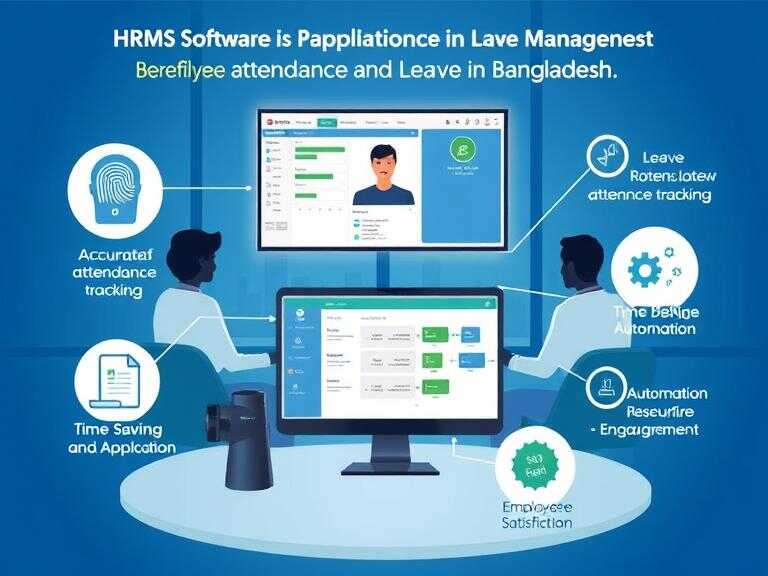
Online HRMS Software Is a Game-Changer for Business
From salary computation to statutory deductions, online HRMS software ensures everything runs with precision and compliance.


© 2024 Crivva - Business Promotion. All rights reserved.